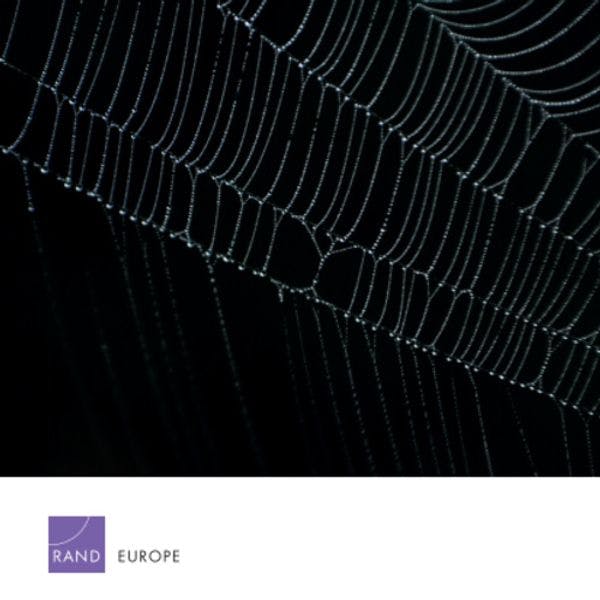Internet-facilitated drugs trade
By Kristy Kruithof, Judith Aldridge, David Décary Hétu, Megan Sim, Elma Dujso, Stijn Hoorens
The potential role of the Internet in facilitating drugs trade first gained mass attention with the rise and fall of Silk Road; the first major online market place for illegal goods on the hidden web. After Silk Road was taken down by the FBI in October 2013, it was only a matter of weeks before copycats filled the void.
Today, there are around 50 so-called cryptomarkets and vendor shops where anonymous sellers and buyers find each other to trade illegal drugs, new psychoactive substances, prescription drugs and other goods and services. But it is not just the obscure parts of the Internet where drugs are on offer. There are numerous web shops, easily found by search engines, which offer new psychoactive substances, often labelled as 'research chemicals'.
The Netherlands occupies a crucial position in European illicit drug markets. Data from the European Monitoring Centre for Drugs and Drug Addiction suggested it is the main producer of MDMA, ecstasy and herbal cannabis and a key distribution hub for cannabis resin and cocaine. Whether the pivotal role of the Netherlands also extends online, has yet been unclear.
The Netherlands Ministry of Security and Justice commissioned RAND Europe to provide a firmer evidence base to this phenomenon and, in particular, the role of the Netherlands. This report analyses the size and scope of Internet-facilitated drugs trade both on the so-called clear and hidden web, paying special attention to the Netherlands, and delineates potential avenues for law enforcement for detection and intervention.
Keep up-to-date with drug policy developments by subscribing to the IDPC Monthly Alert.
Downloads
Regions
Related Profiles
- RAND Corporation
